Submitted by WA Contents
"Use in buildings is very creative thing and can be developed by many people" says Kazuyo Sejima
Czech Republic Architecture News - Jun 22, 2017 - 20:15 20918 views
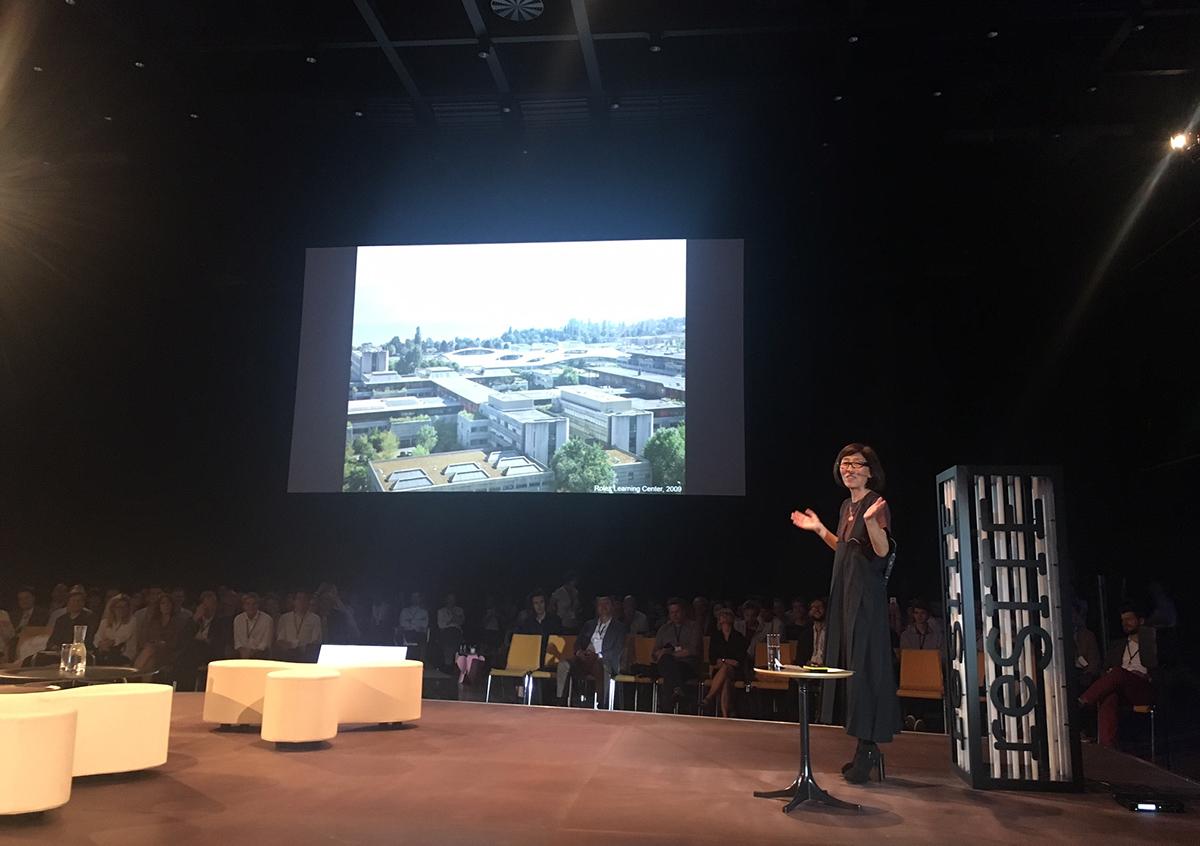
"Use in buildings is very creative thing and can be developed by many other people; this can be a basic element of infrastructure," said acclaimed Japanese architect Kazuyo Sejima, founder of SANAA.
Kazuyo Sejima is one of hotly-anticipated speakers at reSITE 2017 and the world-renowned woman architect has made an impressive presentation regarding her well-known projects starting from Japan, Switzerland to Budapest. Sejima's presentation has mostly revealed how she uses deeper meanings of contextual parameters of design in various phases using local participants as "an active connector".

The Pritzker Prize-winning architect Kazuyo Sejima, 60, designed many museum and cultural buildings around the world and most of her buildings are shaped by 'fluidity' and 'transparency' experiencing different materials and use.
Sejima's presentation has started with the Rolex Learning Centre in Switzerland and continued with other completed and competition projects including Louvre Lens completed in 2012, The New National Gallery in Liget, Budapest, Tsuruaka Cultural Center in Taiwan and concluded with the Inujima Art House on Inujima Island in Japan.
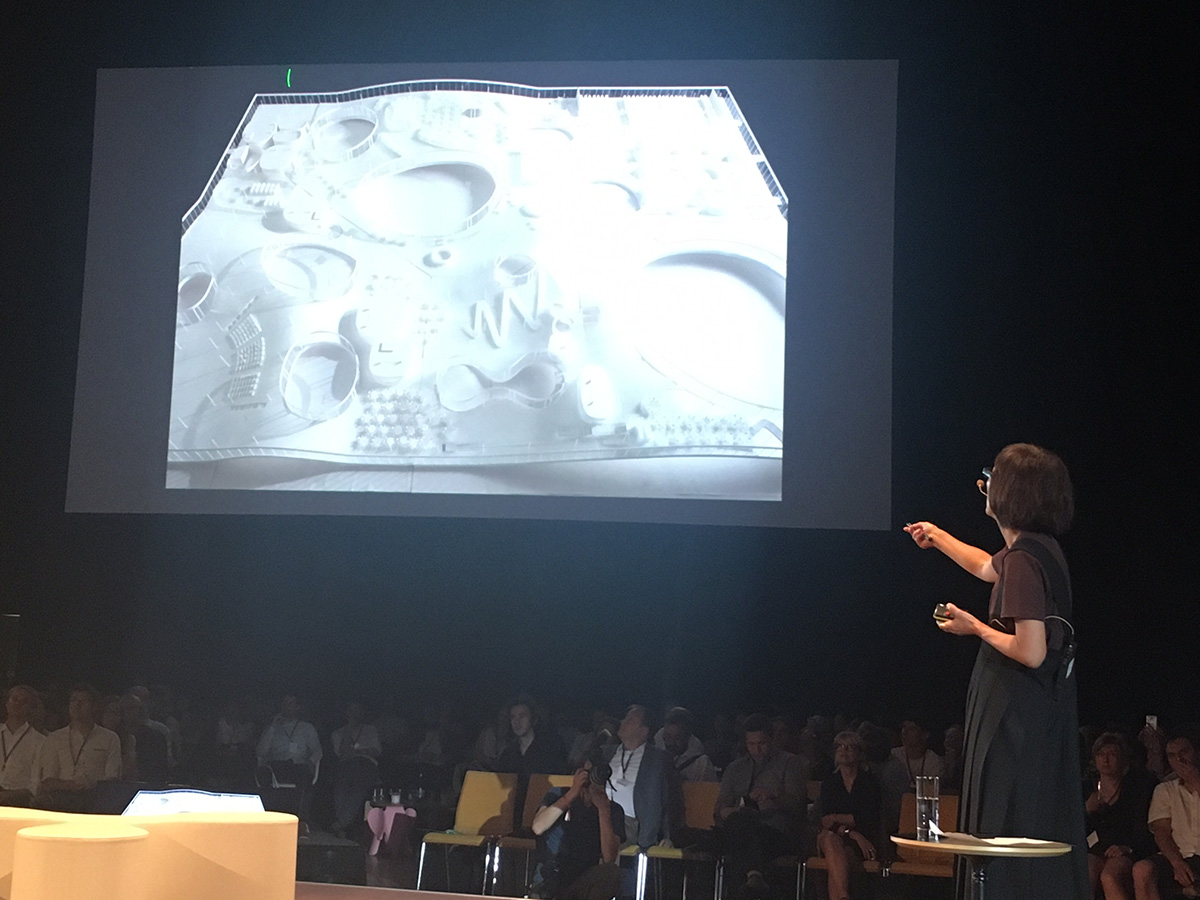
"When I designed a museum, I'm always scared to limit museum spaces or galleries. I sometimes feel big gallery but sometimes feel intimate, so the power of space in itself indeed," said Kazuyo Sejima during her conversation with Osamu Okamura, program director of reSITE.
"Most of spaces I designed are different and presenting different experiences. I mean, the term of 'use' is very creative thing which can be developed by many other people like artists."
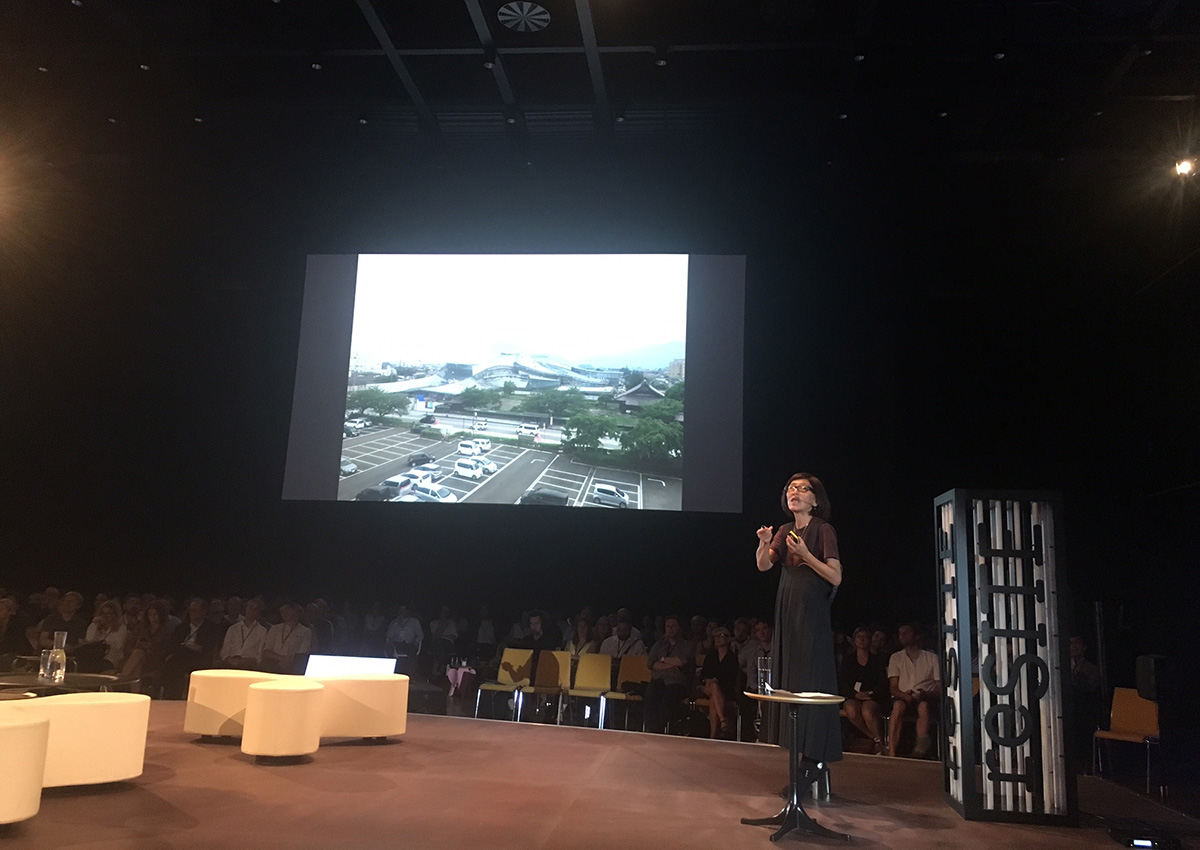
"I think this can be a basic element of infrastructure. People sometimes change spaces in my projects; I don't mean physical change here, but in other ways," added Kazuyo Sejima.
"For the future of my buildings, I can say each era has own way and there are many ways to develop your buildings, so I can not define some certain repertoire for the future of my buildings."
"When you face with an earthquake, you start to develop durable buildings because it teaches you something and bring new things. I can not judge something from one point. But, we should find good balance between the existing situation and the new one."
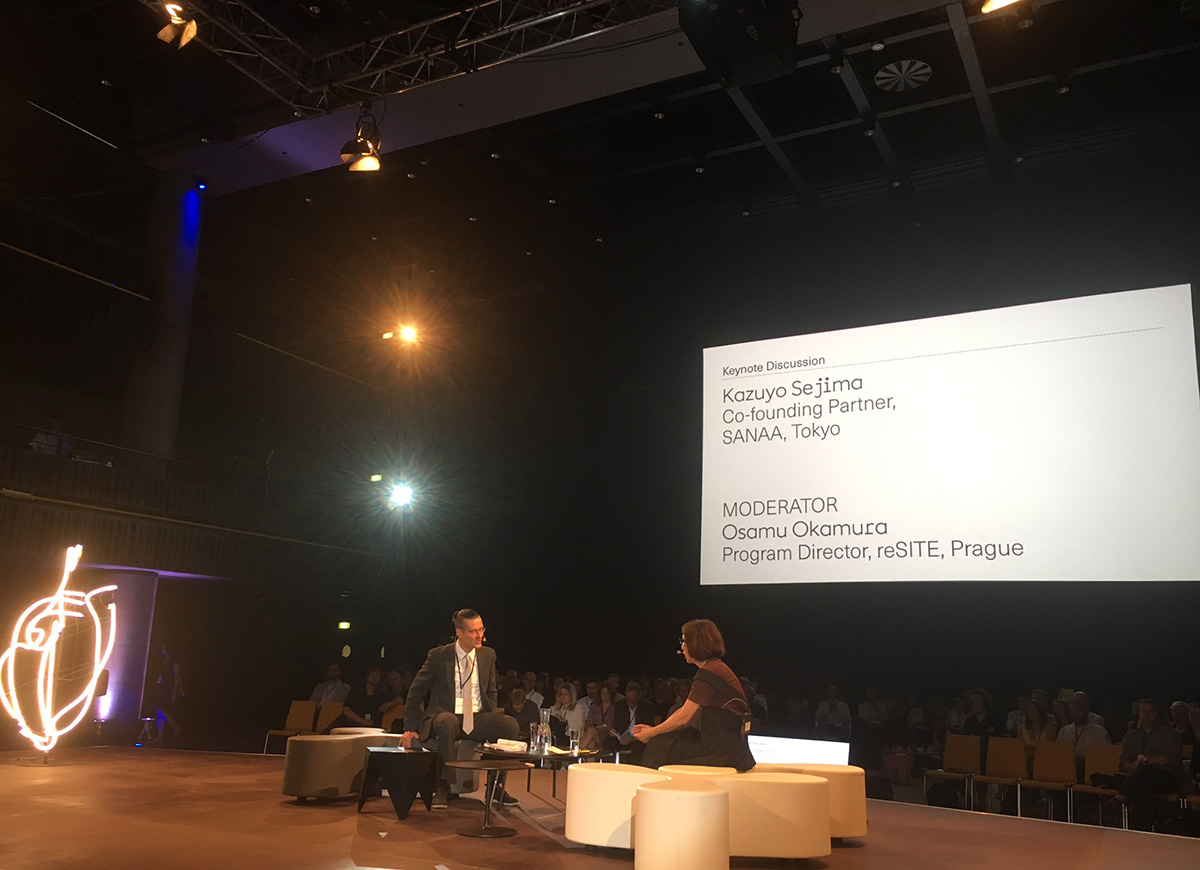
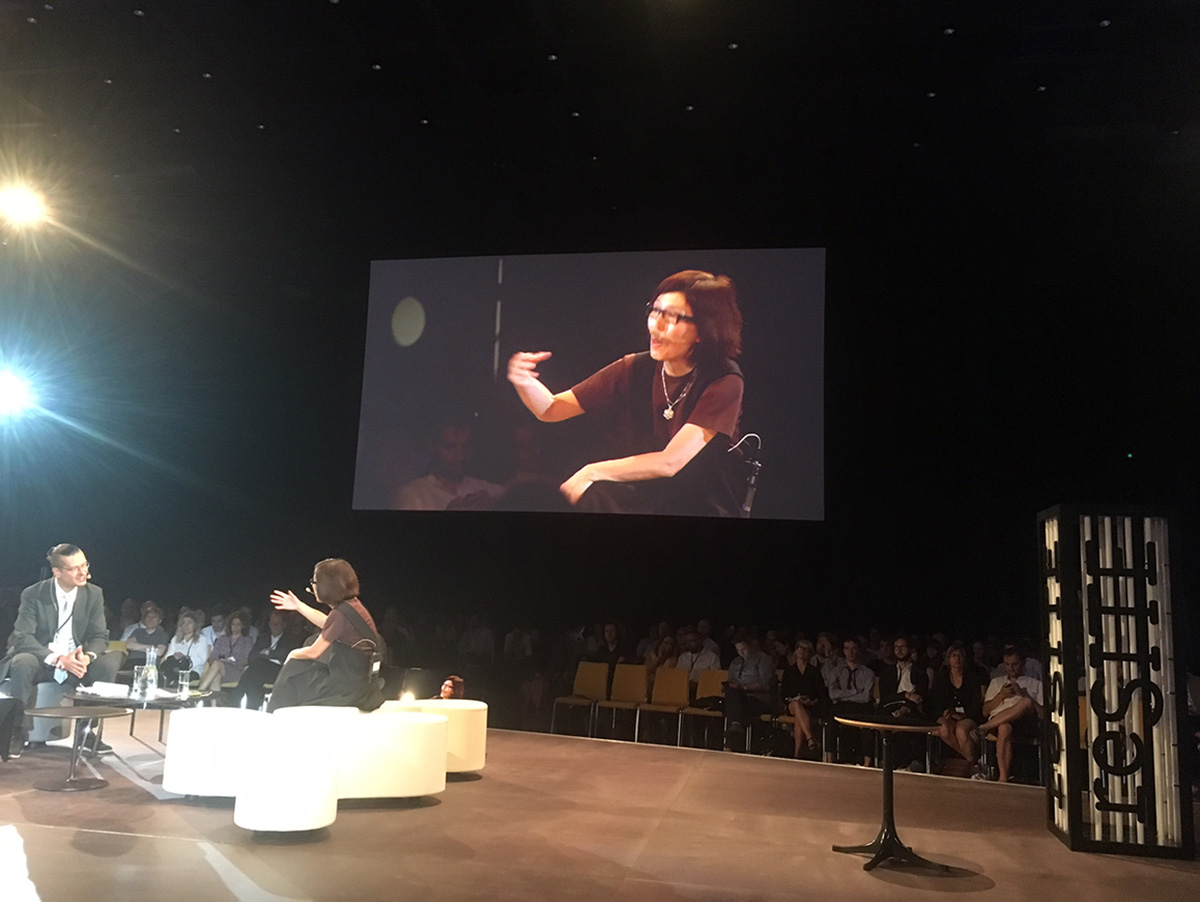
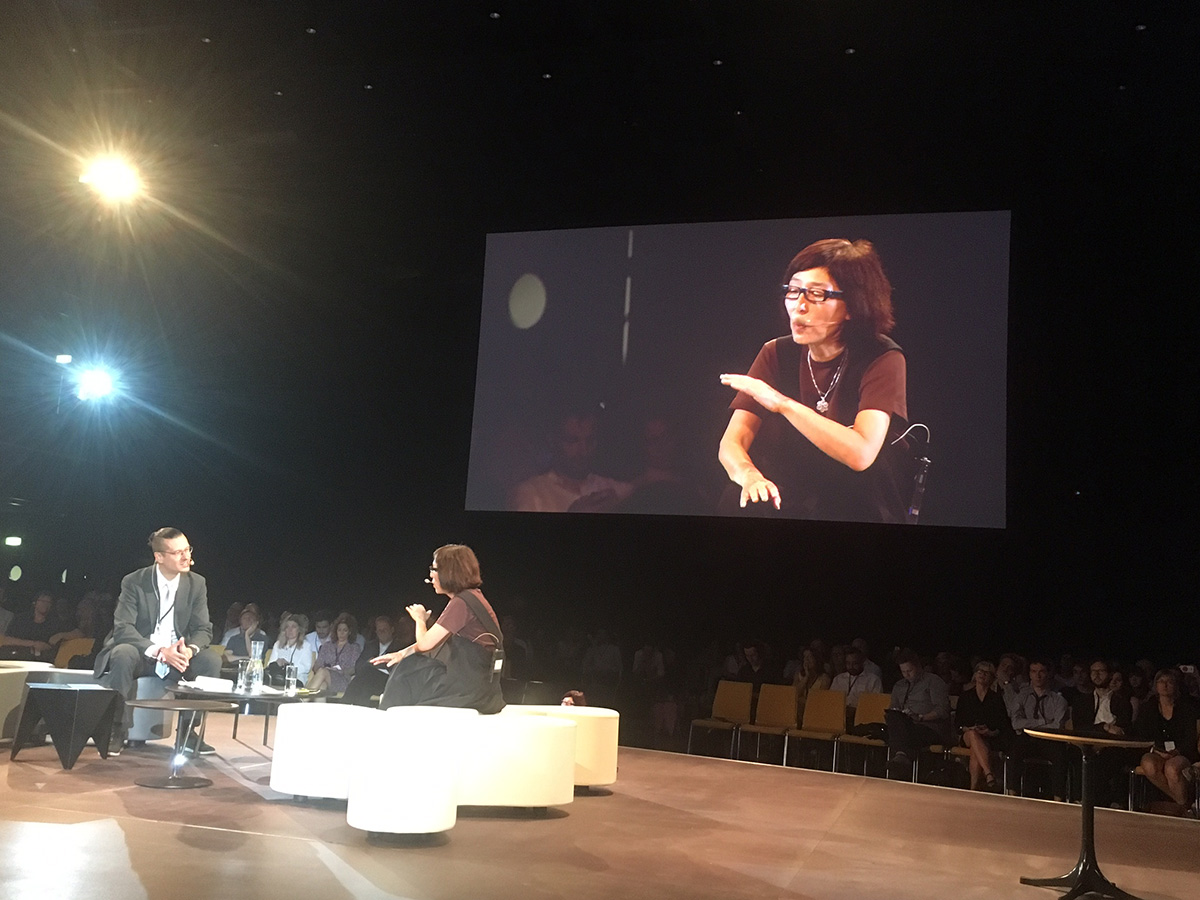
All images © WAC
> via reSITE
